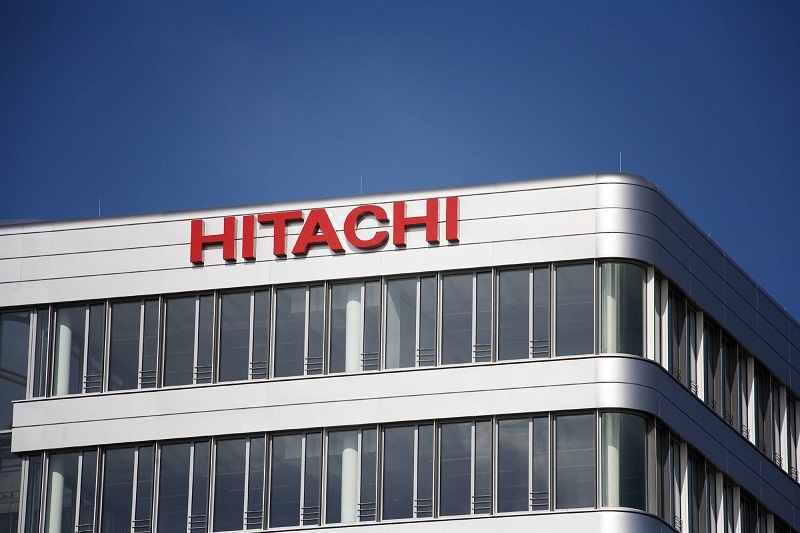Santa Clara, USA: Hitachi Vantara added new solutions that included a distributed file system and management, and updated Hitachi Content Platform (HCP). To deliver the new solutions, Hitachi Vantara announced a new OEM relationship with Weka.
The new distributed file system and management solution will help customers gain faster access to and insights from unstructured data such as emails, documents, health records, audio, video and images.
Hitachi Vantara, a digital infrastructure and solutions subsidiary of Hitachi said the new solution will be delivered through with WekaIO (Weka), a high-performance, scalable file storage for data-intensive applications provider.
Hitachi Vantara expanded Hitachi Content Platform (HCP), its cloud object storage software solution for connecting data producers, users, applications and devices. The updates to HCP will better support next-generation unstructured workloads.
The tie-up with Weka will enhance Hitachi Vantara’s portfolio with a high-performance, NVMe-native, parallel file system that the company will deliver tightly coupled to an HCP datastore.
This performant network-attached storage (NAS) solution will be well suited for use with artificial intelligence, machine learning and analytics applications across a broad array of industries.
The expansion of HCP also better supports next-generation unstructured workloads with performance-optimized all-flash HCP nodes. These new capabilities will deliver almost 3.4 times more throughput over Amazon’s Simple Storage Service (S3) protocol, resulting in savings of up to 34%.
Updated storage nodes also deliver an improvement of three times the read and write performance, while simultaneously enabling three times more capacity in the same rack space as the previous generation. This is especially significant as traditional NAS, primary workloads and cloud-native workloads are transitioning to object storage to meet high-performance requirements.
The new HCP expansion helps customers translate data into business insights faster, increase revenue from data generated by unstructured data, and improve application performance to drive a better digital experience for end users.
“Organizations that are striving to be data-driven are recognizing the need to tap into vastly increasing amounts of unstructured data to gain a competitive edge,” said Brian Householder, President – Digital Infrastructure, Hitachi Vantara.
“Hitachi Vantara is helping our customers maximize their infrastructure advantage by delivering significant performance improvements when accessing and connecting their data to make faster and more accurate decisions,” added Householder.
As the size and types of workloads are fundamentally changing, organizations need to focus not only on their ability to scale storage solutions, but also meet performance requirements. For example, at a typical Fortune 500 company, a mere 10% increase in data accessibility can result in more than $65 million in additional net income.
Hitachi Vantara has already demonstrated the benefits of the new HCP capabilities with a financial services customer.
The customer needed a higher performance solution for a transaction-heavy core banking application that services more than 50 million consumer and small business clients worldwide. HCP’s all-flash configuration was the only solution that could deliver both the performance demanded and the security required.
HCP delivered performance improvements of up to 300%, with some jobs achieving a 1,200% performance improvement over the company’s existing traditional object storage solution.
Another industrial sector customer turned to Hitachi Vantara to address growing volumes of manufacturing, sales and distribution data that were stretching the company’s storage infrastructure to a breaking point.
HCP helped the company achieve a 500% improvement in application response times. It enabled the customer to manage massive unstructured data volumes in varying formats and from multiple sources in a central object-store.
“CIOs and IT professionals are no longer looking to object storage only for compliant, archive, tier-two or cold data,” said Amita Potnis, research director, Infrastructure Systems, IDC.
“They are now looking at object storage to support new use cases and performant workloads. These organisations are also evaluating distributed file solutions to handle scale and performance to support high-performance computing, real-time analytics and AI,” added Potnis.

